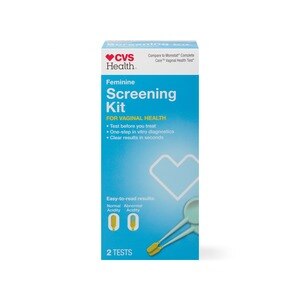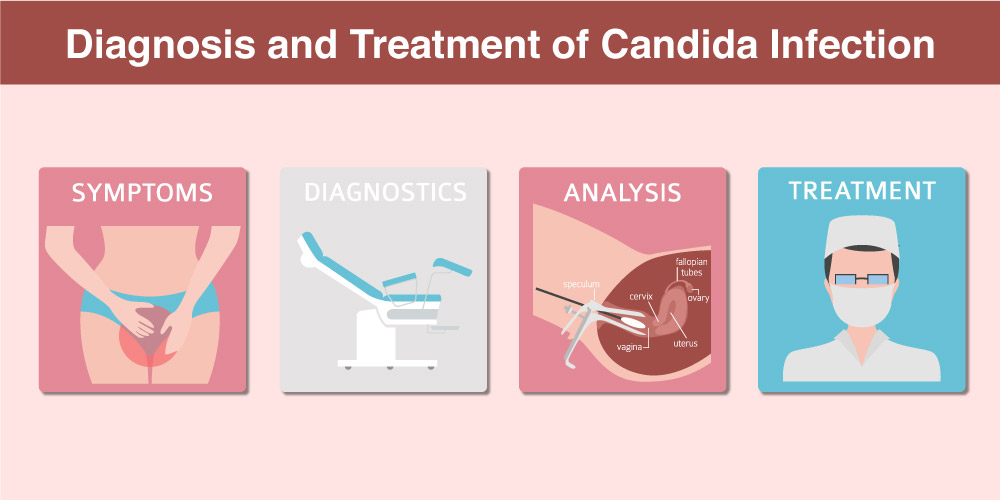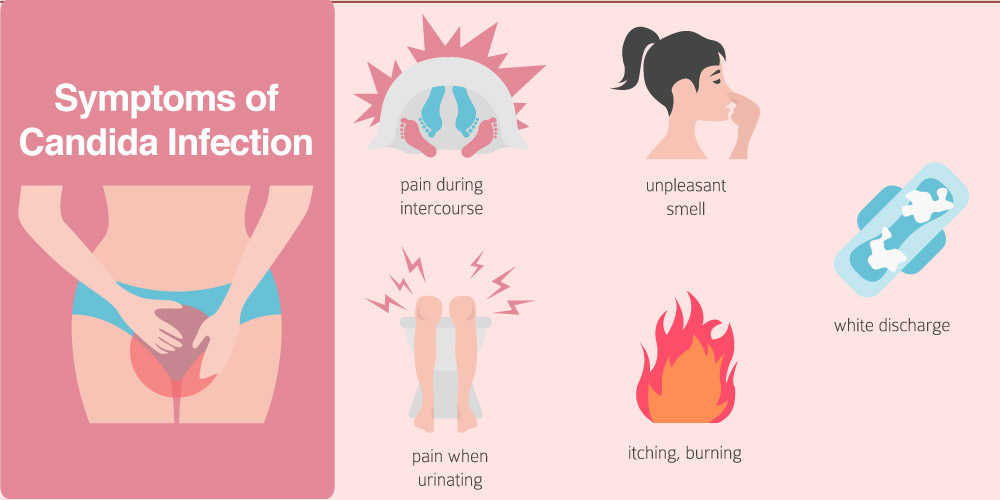Smart Info About How To Diagnose A Yeast Infection

Cytology is also used to diagnose yeast on the skin.
How to diagnose a yeast infection. Antibodies antibodies one of the body's lines of defense (. A yeast infection will be diagnosed after taking a swab of the affected area. Women with a vaginal yeast infection often notice a change in vaginal discharge.
Coconut oil seems to act as an antifungal agent both in the lab and in people. You can gently apply a thin layer of coconut oil to the site of the yeast infection. In women with vaginal yeast infections the signs are most often redness and swelling of the vagina or labia and nearby tissue.
Your doctor may order lab work or imaging scans to help determine what's causing your symptoms. These symptoms include but are not limited to fatigue, diarrhea, headaches, muscle. Many infectious diseases have similar signs.
A laboratory will test the urine for certain bacteria to diagnose the condition. Commercially available home tests for diagnosing yeast infections do not specifically test for. These tests detect one of the following:
The symptoms are centered around your anus and. But some have no signs, and others may have some signs. Your provider may be able to tell if you have a yeast infection just by looking at the infected area and examining a sample of the cells under a microscope.
When you have an anal yeast infection, you may experience intense symptoms for a few days followed by milder symptoms. There are many symptoms that you could have if you were suffering from systemic yeast infection. To diagnose such infections, doctors may use a variety of tests called immunologic tests.
:max_bytes(150000):strip_icc()/yeast-infection-diagnosis-5ad8c051312834003699dab9.png)
/yeast-infection-symptoms-5ad8bfaf1d64040039ea3d3a.png)


/male-yeast-infections-4174880-FINAL-1fed3d558fe94de9a7d3ecd7b785804f.png)

:max_bytes(150000):strip_icc()/male-yeast-infections-4174880-FINAL-1fed3d558fe94de9a7d3ecd7b785804f.png)





/what-are-the-symptoms-of-a-yeast-diaper-rash-284384_hl1-c1437d0be6194ce692af523feaf7fb2f.png)


/thrush-overview-2633410_final-b5e4aef9345d44ea8302630324f7d41b.png)